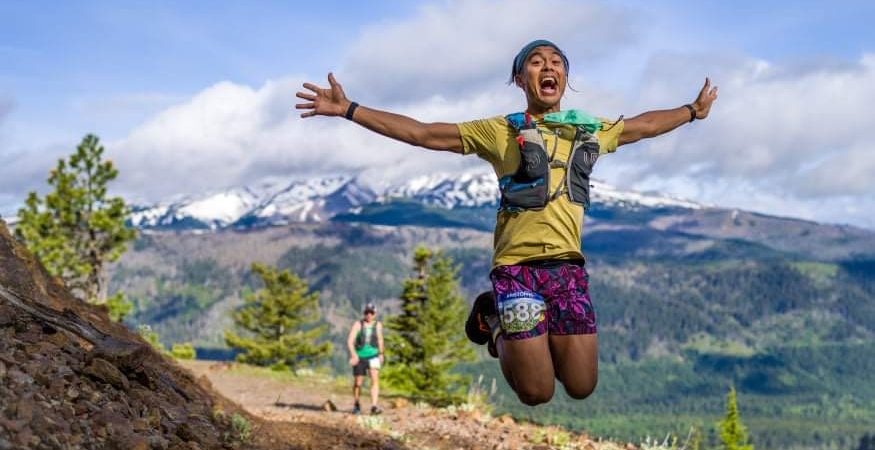Steven Rindner Shares Pointers on Things to Do Before Participating in First Time Trail Race

Signing up for a first-time trail race is a highly exciting experience. With the growing popularity of trail running, trail runners have an abundance of options for participating in a trail race. According to Steven Rindner, taking part in a trail race is simply an incredible idea to gather and know like-minded enthusiasts coming from different locales on mountain trails for the contest amid nature.
Precisely, the experience is greatly rewarding with the scope of the adventure, and knowing the community which makes it unforgettable. The article focuses on how to get geared up before the race
Plan for Training for the Race Properly
First of all, before choosing a trail race, runners should know their capacity and won’t go beyond personal endurance simply due to temptation. As it may be detrimental to physical and mental setup. So, whether it’s a 5K or 10 K race, the participant should start a trail training program with the assistance of a coach or himself. Steven Rindner says, that for first-time trail racers, sticking to 5 k trail race is ideal.
Therefore accordingly, devote at least four to five weeks for the 5 K trail race, while it should be just double, that means 8 to 10 weeks of training for participating in a 10 K race. As a general rule, make sure to consider various factors that racers typically experience such as diversity of terrine (dry, wet, slippery, rocky, and muddy)
Broadly speaking, one needs to consider all possible factors that can involve the outdoor activity for instance, the distance, the type of terrain (muddy, dry, wet, etc.), rolling terrain apart from diversity of elevations, individual target time, as well as possible temperature.
Therefore, the training period race technique should be in tune to cover all these above factors. Research or speak to like-minded communities who can support runners with information on local trails that combine all these features. As Steven Rindner says, four major areas of training must include basic endurance (to get prepared for long-distance running), Agility and Balance Training, (to effectively deal with uphill, downhill, and rolling trails) Leg Strengthening Exercises, and training on mountain trails.
Test and Get All Equipment Ready
The equipment to be carried during a race needs to be tested in continuation of the training period to get familiar with them, mitigate potential discomfort, and verify it they are in orderly status. The trail running equipment and gears include GPS, smartphone, headlamp ( if required), safety blanket, windproof jacket, undergarments, jackets, shorts, and of course snacks, water bottles, foods, energy drinks, etc. Make sure to use a waist-pack designed to hold more than one water bottle and carry all other gear etc.
Tips for the Race-Day
After completion of the training and prep work, now the big day of the race comes. Follow the tips to make the first trail racing day ever memorable and successful.
- At least 1 to 2 hours before the race, take a light meal to stay well energized, throughout the race. In general foods like bread/toast, peanut butter, banana, and pulp-free fruit juice are ideal to get started for the race. For hydration, make sure to drink a minimum of 500 – 700 ml of fluid before 2-3 hours of the race.
- Make sure to stick to the trail running etiquette to move safely alongside fellow runners.
- Avoid listening to music while running as it not only hinders a runner in listening to the strides of an approaching runner but can be hazardous when it comes to personal well-being.
Participating in road racing and trail racing is completely different. Even being an expert in road races, runners should make sure to be well-familiar with the techniques of trail running. Also, they should boost their endurance power which is most wanted for effective running on mountain trails. On trial races, one’s momentum depends chiefly on the type of terrine where the race is convened apart from one’s expertise in trail running and techniques.







